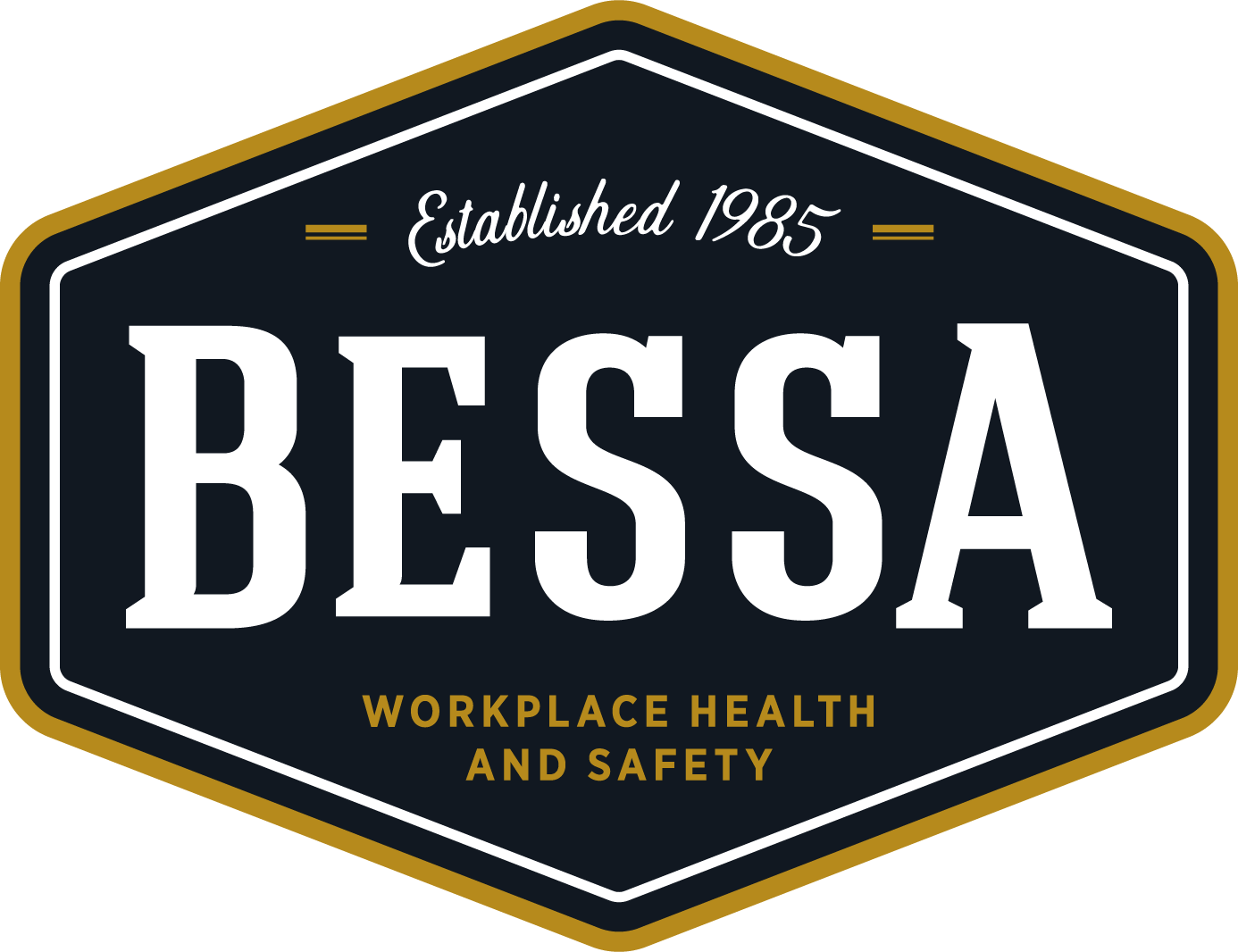Covid-19: #1 - What is Covid-19?
COVID-19 is the novel coronavirus at the heart of the current global health crisis. But what is a virus? And how can we fight it?
A virus is a piece of protein containing RNA, a small strand of material used to develop protein. Unlike bacteria, a virus is not a complete cell and is unable to grow by itself. If your water or potato salad is contaminated with bacteria – it is possible, under the right conditions (temperature, humidity), that the bacteria can grow. A virus is capable of reproducing ONLY after getting inside a living cell. The virus then borrows the material that the cell uses for reproduction to make copies of itself. Once the virus has reproduced, it leaves the cell, that is now badly damaged, and goes on to find another cell to enter and reproduce.
Viruses cause damage in two ways – by damaging cells as the viruses are reproduced and by calling up the body’s defenses. When cells are damaged, the body responds by sending in extra blood and chemicals to repair the damage. This response can be as damaging as the virus invasion.
The body also responds by building antibodies against the virus. The antibody is specific to the virus – like a lock and key – and can lead to lifelong protection from that specific virus. It takes a healthy immune system for this to be successful. That is why individuals with health conditions or medication that affect the immune system are so much more vulnerable. That is why we are calling the COVID-19 virus “novel” – because it is new – meaning we did not have a population of people protected by antibodies to this virus. There is hope that, as individuals develop antibodies, these specific antibodies can be “harvested” from their blood and given to others. This is called “passive” immunity and usually lasts about 90 days. We have “passive” immunity options, for example, for Hepatitis B. This “passive” immunity may buy us some time to develop the vaccine that would generate “active” and, perhaps, lifelong immunity.
There is some good news:
1. The virus is contained inside a protein envelope.
This usually means two things – it is easier to kill with disinfectants than non-enveloped viruses. It also means that it is possible that a vaccine can be developed by “growing” the envelope to develop the vaccine rather than needing to use the virus particle. That makes a safer vaccine. The body responds to the “envelope” and builds antibodies, not realizing that it does not contain a virus.
2. The virus does not mutate. (At least as we have seen, so far.)
That is really awesome news! It makes it much easier to develop a vaccine. We have an effective vaccine for Hepatitis B; we do not have one for Hepatitis C or HIV, despite lots of effort to find one. That is because those two viruses mutate. What we don’t know for certain yet is whether we can get the COVID-vaccine once and be good to go (like Hepatitis B) or if a vaccine will need to be developed each time a new strain of the virus appears (like influenza vaccine).
© Sharon J. Bessa, 2020. This article was compiled from a review of literature and the recommendations are developed from regulatory documents, professional best practice for industrial hygienists, experience and common sense. Information is changing daily. It is important to stay up-to-date on the current recommendations from the medical and infection prevention experts.

